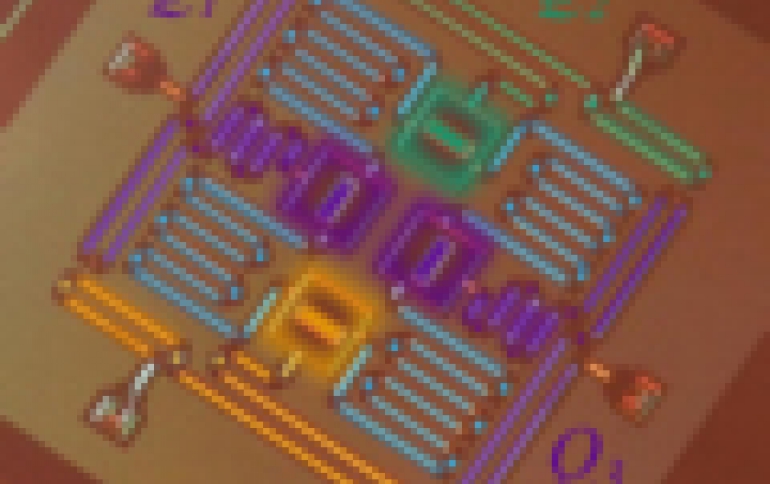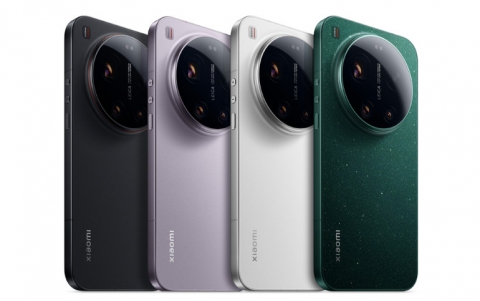
IBM Scientists Achieve Critical Steps to Building First Quantum Computer
IBM scientists today unveiled two advances towards the realization of a practical quantum computer. They showed the ability to detect and measure both kinds of quantum errors simultaneously, as well as demonstrated a new, square quantum bit circuit design that is the only physical architecture that could successfully scale to larger dimensions. With Moore’s Law expected to run out of steam, quantum computing will be among the inventions that could usher in a new era of innovation across industries. Quantum computers promise to open up new capabilities in the fields of optimization and simulation simply not possible using today’s computers. If a quantum computer could be built with just 50 quantum bits (qubits), no combination of today’s TOP500 supercomputers could successfully outperform it.
IBM researchers showed the ability to detect and measure the two types of quantum errors (bit-flip and phase-flip) that will occur in any real quantum computer. Until now, it was only possible to address one type of quantum error or the other, but never both at the same time.
IBM’s quantum bit circuit, based on a square lattice of four superconducting qubits on a chip roughly one-quarter-inch square, enables both types of quantum errors to be detected at the same time. By opting for a square-shaped design versus a linear array – which prevents the detection of both kinds of quantum errors simultaneously – IBM’s design shows the best potential to scale by adding more qubits to arrive at a working quantum system.
One of the great challenges for scientists seeking to harness the power of quantum computing is controlling or removing quantum decoherence – the creation of errors in calculations caused by interference from factors such as heat, electromagnetic radiation, and material defects. The errors are especially acute in quantum machines, since quantum information is so fragile.
The most basic piece of information that a typical computer understands is a bit. Much like a beam of light that can be switched on or off, a bit can have only one of two values: "1" or "0". However, a quantum bit (qubit) can hold a value of 1 or 0 as well as both values at the same time, described as superposition and simply denoted as "0+1". The sign of this superposition is important because both states 0 and 1 have a phase relationship to each other. This superposition property is what allows quantum computers to choose the correct solution amongst millions of possibilities in a time much faster than a conventional computer.
Two types of errors can occur on such a superposition state. One is called a bit-flip error, which simply flips a 0 to a 1 and vice versa. This is similar to classical bit-flip errors and previous work has showed how to detect these errors on qubits. However, this is not sufficient for quantum error correction because phase-flip errors can also be present, which flip the sign of the phase relationship between 0 and 1 in a superposition state. Both types of errors must be detected in order for quantum error correction to function properly.
Quantum information is very fragile because all existing qubit technologies lose their information when interacting with matter and electromagnetic radiation. Theorists have found ways to preserve the information much longer by spreading information across many physical qubits. "Surface code" is the technical name for a specific error correction scheme which spreads quantum information across many qubits. It allows for only nearest neighbor interactions to encode one logical qubit, making it sufficiently stable to perform error-free operations.
The IBM Research team used a variety of techniques to measure the states of two independent syndrome (measurement) qubits. Each reveals one aspect of the quantum information stored on two other qubits (called code, or data qubits). Specifically, one syndrome qubit revealed whether a bit-flip error occurred to either of the code qubits, while the other syndrome qubit revealed whether a phase-flip error occurred. Determining the joint quantum information in the code qubits is an essential step for quantum error correction because directly measuring the code qubits destroys the information contained within them.
Because these qubits can be designed and manufactured using standard silicon fabrication techniques, IBM anticipates that once a handful of superconducting qubits can be manufactured reliably and repeatedly, and controlled with low error rates, there will be no fundamental obstacle to demonstrating error correction in larger lattices of qubits.






















